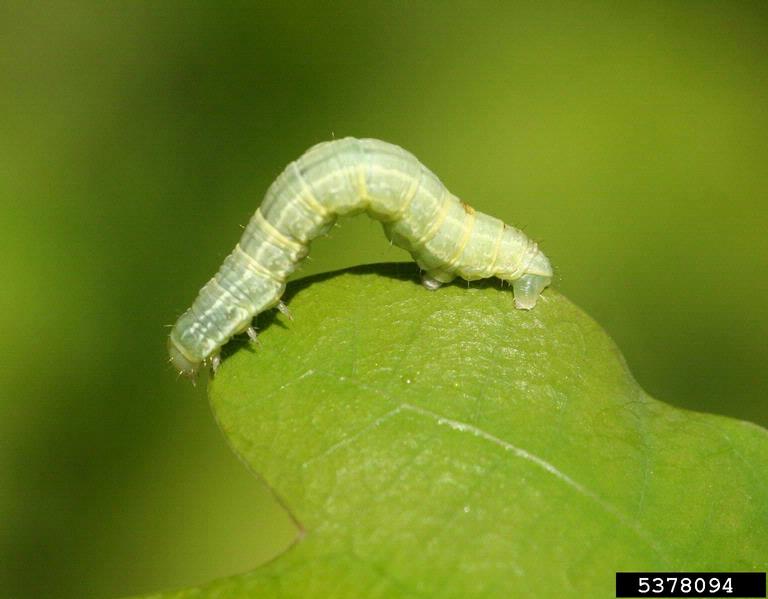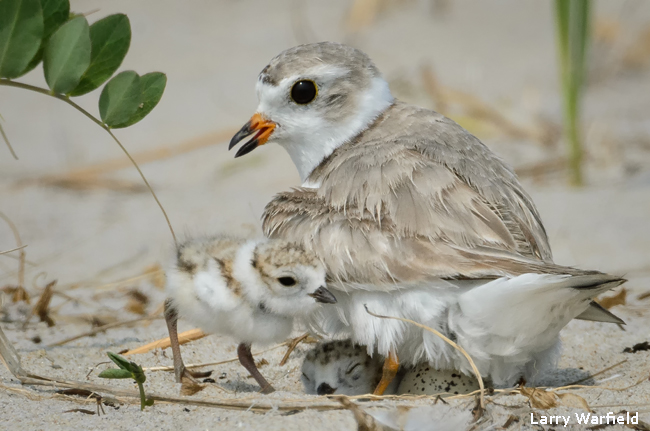
copyright Larry Warfield
If you decide to celebrate Mother’s Day with a walk at one of our wildlife sanctuaries, you may encounter some remarkable animal mothers.
Keep an eye out for these five maternal creatures, but be sure to observe from afar—remember to give parents and babies plenty of space.
Beavers
 Imagine if you had up to nine babies at once, and they could all swim within 24 hours of birth. Welcome to the chaotic life of a beaver mom. These large rodents mate for life, and females give birth between April and June to up to nine kits (though a typical litter is four). Both parents raise the kits, along with a little help from older young who are still living at home.
Imagine if you had up to nine babies at once, and they could all swim within 24 hours of birth. Welcome to the chaotic life of a beaver mom. These large rodents mate for life, and females give birth between April and June to up to nine kits (though a typical litter is four). Both parents raise the kits, along with a little help from older young who are still living at home.
Eastern Red-backed Salamanders
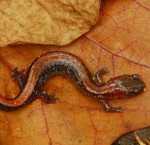 These widespread amphibians are surprisingly attentive mothers—at least until their eggs hatch. Female eastern red-backed salamanders lay about 8-10 eggs in June and July in a sheltered area such as under a log. They then guard their eggs from predators for several weeks. Producing and protecting eggs is so exhausting that these moms usually spend two years eating and building up enough energy before they’re ready to have babies.
These widespread amphibians are surprisingly attentive mothers—at least until their eggs hatch. Female eastern red-backed salamanders lay about 8-10 eggs in June and July in a sheltered area such as under a log. They then guard their eggs from predators for several weeks. Producing and protecting eggs is so exhausting that these moms usually spend two years eating and building up enough energy before they’re ready to have babies.
Piping Plovers
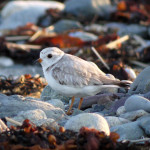 For a piping plover mother, caring for her chicks is an active job. The young birds can run around within hours of hatching. Fortunately, they can also feed themselves right away. They tuck into their parents’ belly feathers from time to time to keep warm, and when this happens, it can look like mom or dad has 10 legs! If a predator approaches, the parents may lure it away by pretending to have a broken wing.
For a piping plover mother, caring for her chicks is an active job. The young birds can run around within hours of hatching. Fortunately, they can also feed themselves right away. They tuck into their parents’ belly feathers from time to time to keep warm, and when this happens, it can look like mom or dad has 10 legs! If a predator approaches, the parents may lure it away by pretending to have a broken wing.
European Honey Bees
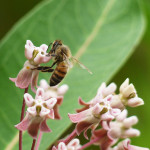 All of the honey bees in a hive have the same mother: the queen. During the peak of summer, this prolific parent may lay 2,000 eggs a day. Luckily, she has plenty of help at home. Her daughters groom her, feed her, bring her water, and see to her every need—almost like it’s Mother’s Day every day.
All of the honey bees in a hive have the same mother: the queen. During the peak of summer, this prolific parent may lay 2,000 eggs a day. Luckily, she has plenty of help at home. Her daughters groom her, feed her, bring her water, and see to her every need—almost like it’s Mother’s Day every day.
American Red Squirrels
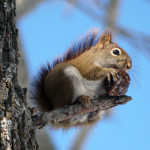 When an American red squirrel mother falls victim to predators, neighbors may adopt her progeny. These helpful neighbors, who are always relatives of the missing mothers, will visit the now-abandoned nest and carry home a helpless youngster to raise as their own.
When an American red squirrel mother falls victim to predators, neighbors may adopt her progeny. These helpful neighbors, who are always relatives of the missing mothers, will visit the now-abandoned nest and carry home a helpless youngster to raise as their own.


